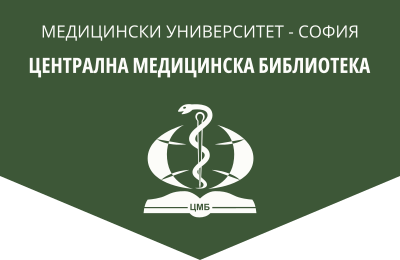Treatment of newly diagnosed myeloma patients – past, present, future
General Medicine, 2024, 26(6), 29-37.
V. Gerov1, D. Gerova2
1 Clinic of Hematology, University Hospital “Sv. Marina” ‒ Varna
2 Department of Clinical Laboratory, Medical University ‒ Varna
Abstract. Multiple myeloma is one of the most common neoplastic hematological diseases, which incidence has steadily increased in recent decades. At the same time, worldwide, there has been a decrease in the mortality rate of the disease. The reasons for reduced mortality and improved patient survival are many, but an important one is the introduction of new and more effective drugs for multiple myeloma treatment. The purpose of this review is to briefly review the therapeutic protocols used in the past and to shed light on the current treatment by clarifying the therapeutic algorithm, risk-adapted therapy, and the impact of including proteasome inhibitors and monoclonal antibodies into therapeutic protocols. As an extremely rapidly evolving field of medicine, in the hematology practice, a continuous renewal of treatment regimens for multiple myeloma by incorporating new drugs with different mechanisms of action is noted. It is hoped that in the future the so-called personalized approach will be applied and this inherently heterogeneous disease can be successfully treated.
Key words: multiple myeloma, proteasome inhibitors, immunotherapy, monospecific and bispecific monoclonal antibodies, CAR-T cell therapy
Address for correspondence: Vladimir Todorov Gerov, MD, e-mail: vladimirgerov@gmail.com
